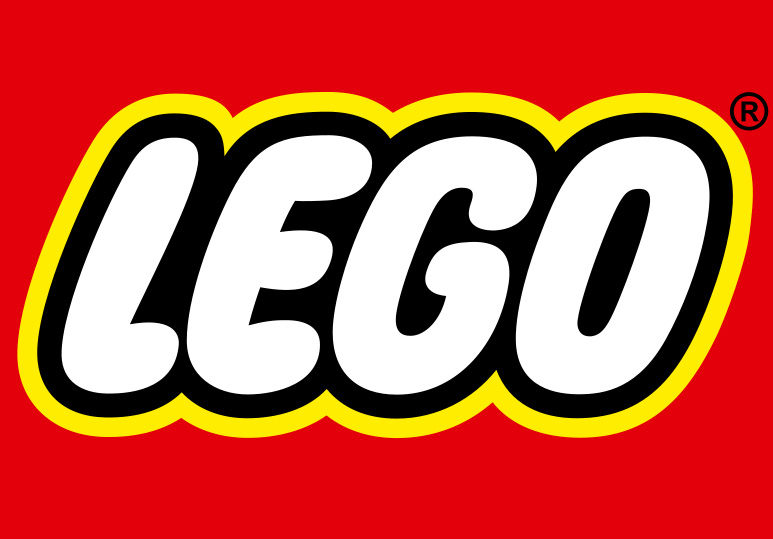The LEGO story is a testament to the power of play, innovation, and a relentless pursuit of quality. It’s a tale that spans decades, transforming a humble woodworking business into a global icon.

The Humble Beginnings (1932-1949):
It all started in a small workshop in Billund, Denmark, during the Great Depression. Ole Kirk Kristiansen, a skilled carpenter, began crafting wooden toys to supplement his income. The name “LEGO” was adopted in 1934, reflecting the Danish phrase “leg godt,” meaning “play well.” Initially, LEGO produced wooden toys, including pull toys, cars, and houses. However, Ole Kirk Kristiansen had a vision for something more.
The Plastic Revolution (1949-1968):
In 1949, LEGO began producing plastic bricks, initially called “Automatic Binding Bricks.” These early bricks were inspired by Kiddicraft Self-Locking Bricks. The crucial breakthrough came in 1958 with the patented “stud-and-tube” coupling system, which ensured the bricks would interlock securely, yet could be easily separated. This ingenious design became the foundation of the LEGO System in Play.
The 1960s witnessed LEGO’s rapid expansion. The introduction of the LEGO wheel in 1962 revolutionized building possibilities, enabling the creation of vehicles and moving structures. The company also faced a devastating fire in 1960 that destroyed their wooden toy warehouse, which led to the decision to fully focus on plastic toys.
Building a Universe (1969-Present):
The introduction of DUPLO bricks in 1969 catered to younger builders. The LEGO minifigure, with its iconic smiling face, debuted in 1978, adding a new dimension of storytelling and role-playing to LEGO play.
The 1980s and 1990s saw the emergence of themed LEGO sets, such as LEGO Space, LEGO Castle, and LEGO City, which captured the imaginations of children and adults alike. LEGO also began collaborating with popular franchises, including Star Wars, Harry Potter, and Marvel, expanding its appeal to a broader audience.
Despite facing financial challenges in the early 2000s, LEGO underwent a remarkable turnaround. The company embraced digital technology, introducing LEGO video games and animated films. It also focused on engaging its fan community, fostering creativity and innovation through initiatives like LEGO Ideas.
Today, LEGO is more than just a toy. It’s a cultural phenomenon, a tool for education, and a medium for artistic expression. From architectural masterpieces to intricate robotic creations, LEGO continues to inspire builders of all ages, proving that the possibilities are truly limitless.
